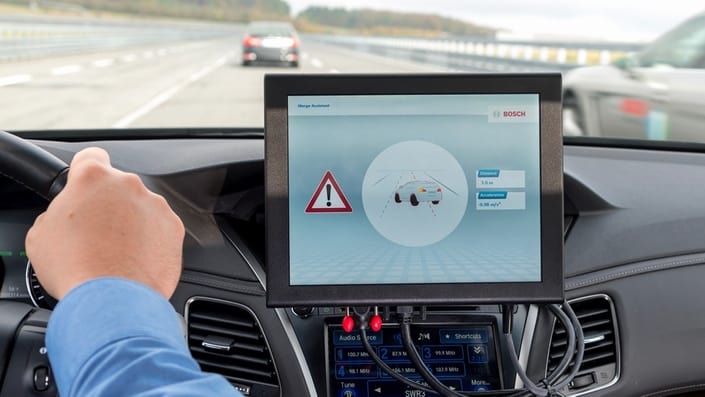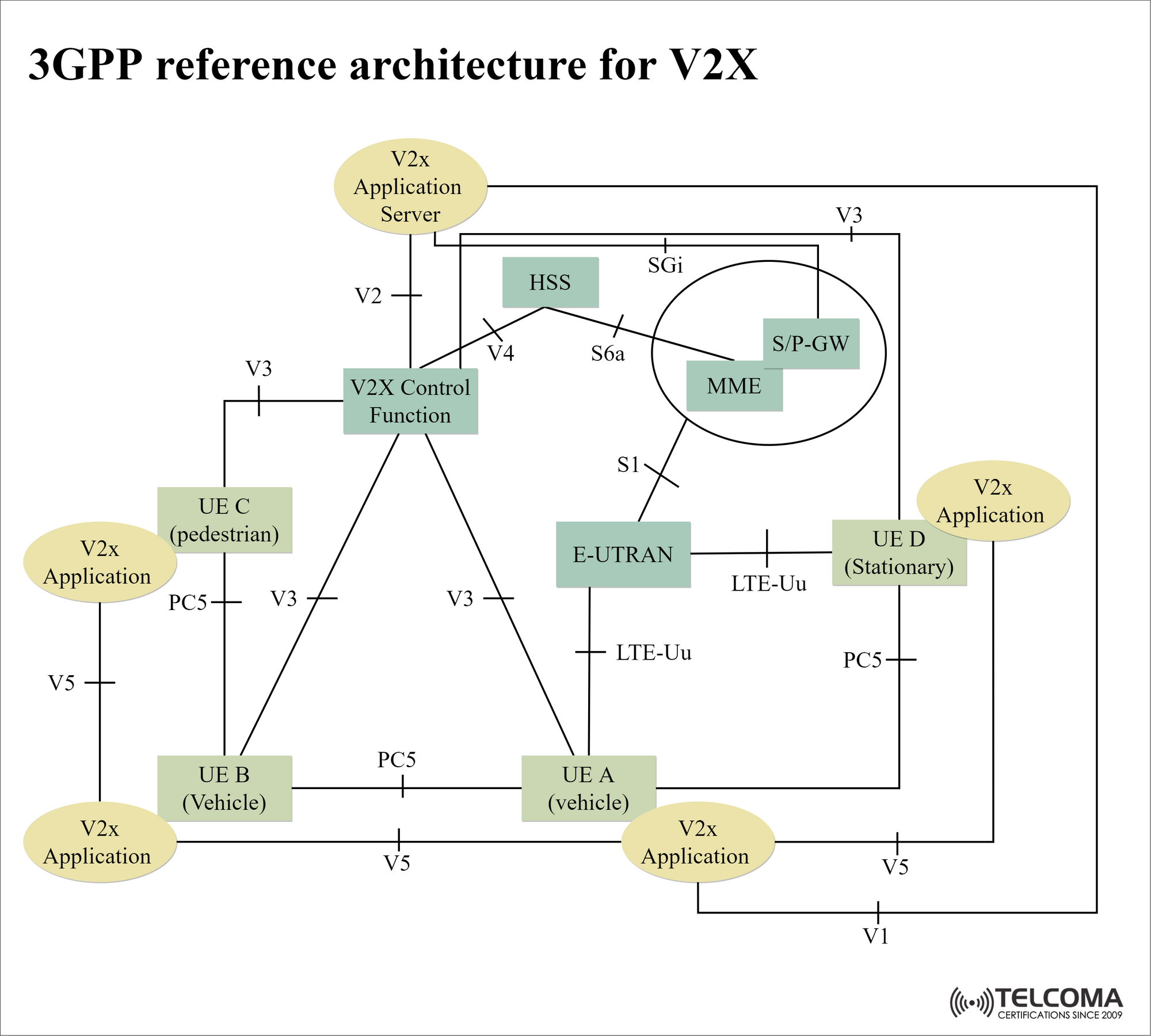Vehicular Connectivity: C-V2X and 5G


Introduction
Vehicular connectivity is the ability of vehicles to communicate with each other and with the surrounding environment, including other vehicles, roadside infrastructure, and pedestrians. This technology is becoming increasingly important as the number of vehicles on the road continues to grow, and there is a need for safer, more efficient, and sustainable transportation. Vehicular connectivity can be achieved through various technologies, including Cellular Vehicle-to-Everything (C-V2X) and 5G. In this article, we will discuss these technologies in detail and explore their technical aspects.
C-V2X
C-V2X is a cellular-based technology that allows vehicles to communicate with other vehicles, pedestrians, and infrastructure. C-V2X uses the LTE cellular network and operates in the 5.9 GHz frequency band. C-V2X is designed to provide low-latency, high-reliability, and high-capacity connectivity for vehicle-to-vehicle (V2V), vehicle-to-infrastructure (V2I), and vehicle-to-pedestrian (V2P) communication.
C-V2X Technical Aspects
Radio Access Technology
C-V2X uses two different radio access technologies, namely Direct Communications (PC5) and LTE-Based Communications (Uu). Direct Communications (PC5) is used for short-range communication between vehicles and infrastructure, while LTE-Based Communications (Uu) is used for long-range communication between vehicles and cellular base stations.
Communication Modes
C-V2X supports two different communication modes, namely Mode 3 and Mode 4. Mode 3 is used for Vehicle-to-Vehicle (V2V) communication and allows vehicles to communicate directly with each other without the need for a cellular network. Mode 4 is used for Vehicle-to-Infrastructure (V2I) and Vehicle-to-Pedestrian (V2P) communication and requires the use of a cellular network.
Network Architecture
C-V2X uses a centralized network architecture, where all the communication between vehicles and infrastructure is routed through a central control point. The central control point is responsible for managing the traffic flow and ensuring that the communication is reliable and efficient.
Quality of Service
C-V2X provides different levels of Quality of Service (QoS) for different types of communication, including latency, reliability, and capacity. C-V2X can provide low-latency communication, with a latency of less than 10ms, which is essential for safety-critical applications.
5G
5G is the fifth-generation wireless technology that promises to revolutionize the way we communicate, connect, and interact with the world. 5G is designed to provide high-speed, low-latency, and high-reliability connectivity for a wide range of applications, including vehicular connectivity.
5G Technical Aspects
Network Architecture
5G uses a distributed network architecture, where the processing and storage are distributed across the network, including the edge of the network. This allows for faster and more efficient communication between devices and reduces the latency and network congestion.
Radio Access Technology
5G uses a new radio access technology, called New Radio (NR), which operates in frequency bands ranging from sub-6 GHz to mmWave. 5G NR supports both standalone and non-standalone modes, with the standalone mode providing full 5G capability.
Quality of Service
5G provides different levels of Quality of Service (QoS) for different types of communication, including low-latency, high-reliability, and high-capacity communication. 5G can provide latency as low as 1ms, which is essential for safety-critical applications.
Network Slicing
5G uses network slicing, which allows different virtual networks to be created on the same physical infrastructure, each with its own specific characteristics and requirements. This enables the network to support a wide range of applications with different needs, including vehicular connectivity.
Multi-Access Edge Computing (MEC)
5G uses Multi-Access Edge Computing (MEC) to provide computing resources closer to the edge of the network, where the devices are located. This allows for faster and more efficient processing of data and reduces the latency and network congestion.
C-V2X vs. 5G
While both C-V2X and 5G are designed to provide vehicular connectivity, they differ in several key aspects.
Frequency Band
C-V2X operates in the 5.9 GHz frequency band, while 5G operates in a much wider range of frequencies, including sub-6 GHz and mmWave.
Radio Access Technology
C-V2X uses a cellular-based technology, while 5G uses a new radio access technology, called New Radio (NR).
Network Architecture
C-V2X uses a centralized network architecture, while 5G uses a distributed network architecture.
Communication Modes
C-V2X supports two communication modes, while 5G supports a wide range of communication modes, including both standalone and non-standalone modes.
Quality of Service
Both C-V2X and 5G provide different levels of Quality of Service (QoS), but 5G can provide lower latency and higher reliability than C-V2X.
Conclusion
Vehicular connectivity is becoming increasingly important as the number of vehicles on the road continues to grow, and there is a need for safer, more efficient, and sustainable transportation. Cellular Vehicle-to-Everything (C-V2X) and 5G are two technologies that are designed to provide vehicular connectivity. C-V2X uses the LTE cellular network and operates in the 5.9 GHz frequency band, while 5G uses a new radio access technology, called New Radio (NR), and operates in a wider range of frequencies. While both technologies are designed to provide vehicular connectivity, they differ in several key aspects, including frequency band, radio access technology, network architecture, communication modes, and Quality of Service. Ultimately, the choice between C-V2X and 5G will depend on the specific needs and requirements of the application, and both technologies are likely to play an important role in the future of vehicular connectivity.
